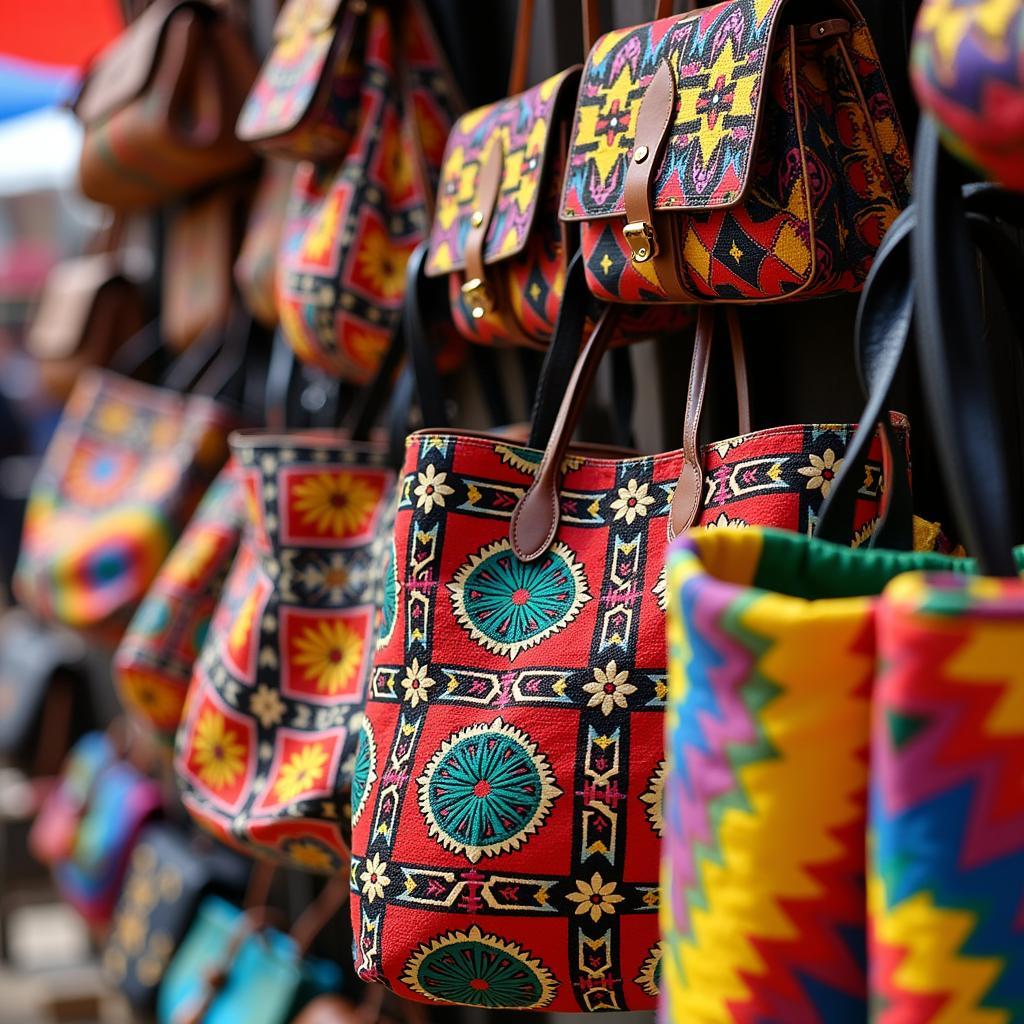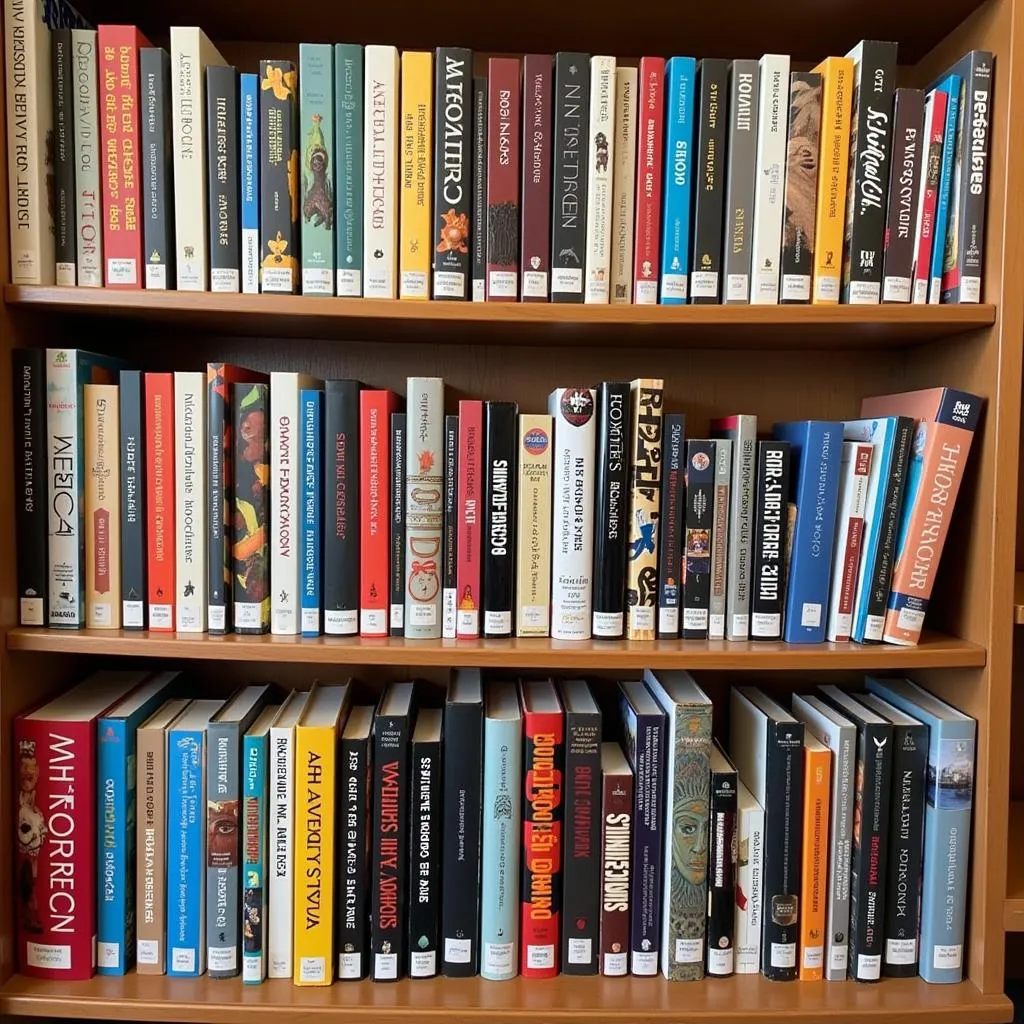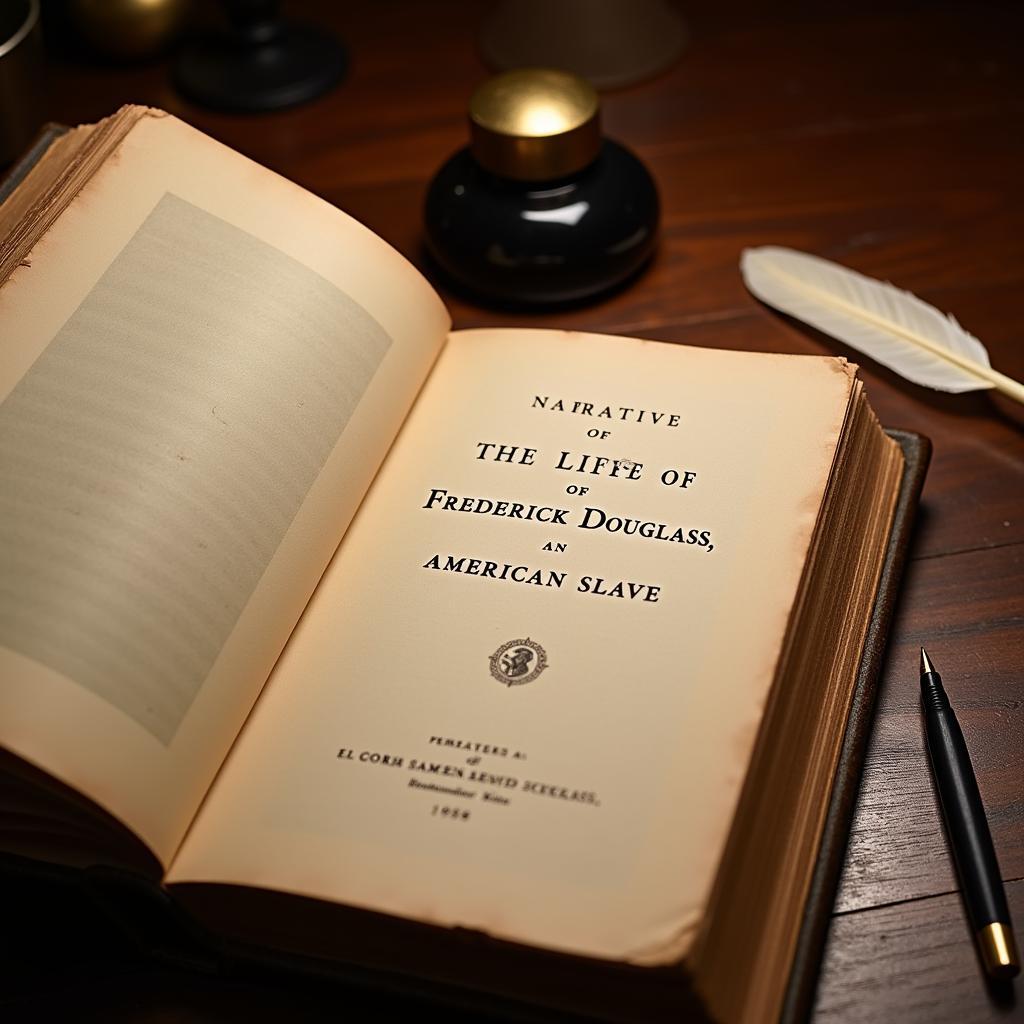Unveiling the Beauty of African Handbags
African Handbags are more than just accessories; they are vibrant expressions of art, culture, and heritage. Crafted with meticulous detail and infused with rich storytelling, these handbags captivate with their unique designs, bold colors, and sustainable materials. Whether you’re looking for a statement piece to elevate your style or a meaningful gift that tells a story, African handbags offer a fascinating glimpse into the diverse cultures of the continent.
A Fusion of Tradition and Modernity
 African Handbags: Traditional and Modern Designs
African Handbags: Traditional and Modern Designs
African handbags effortlessly blend traditional craftsmanship with modern aesthetics. Artisans across the continent draw inspiration from their ancestral roots, incorporating age-old techniques like weaving, beading, and leatherwork. These techniques, passed down through generations, create intricate patterns, symbolic motifs, and textures that reflect the cultural heritage of various communities.
At the same time, contemporary designers are reimagining these traditions, infusing them with modern sensibilities. The result is a stunning array of handbags that cater to diverse tastes and preferences, from sleek clutches adorned with intricate beadwork to roomy totes showcasing bold geometric patterns. This harmonious blend of tradition and modernity makes African handbags a unique and coveted accessory for fashion enthusiasts worldwide.
Exploring the Diversity of Materials
One of the most captivating aspects of African handbags is the use of diverse and sustainable materials. Artisans prioritize locally sourced resources, minimizing their environmental impact and supporting local communities. Some of the most common materials include:
- Leather: Known for its durability and rich textures, leather is a staple in African handbag making. From supple cowhide to exotic ostrich and crocodile skin, each type of leather offers a distinct look and feel.
- Textiles: Vibrant and colorful textiles, often handwoven or dyed using natural pigments, add a touch of vibrancy to African handbags. Kente cloth from Ghana, Ankara fabric from Nigeria, and Bogolanfini mud cloth from Mali are just a few examples of the stunning textiles used.
- Beads: Beadwork holds deep cultural significance in many African cultures, often used to tell stories, represent social status, or adorn ceremonial objects. African handbags adorned with intricate beadwork showcase the meticulous skill and artistry of the artisans.
- Natural Fibers: From raffia and jute to sisal and banana fiber, natural fibers are woven, crocheted, and knotted to create unique and eco-friendly handbags. These materials lend a rustic and earthy aesthetic, reflecting a deep connection to nature.
Beyond Aesthetics: The Cultural Significance
African handbags are not merely fashion statements; they are tangible expressions of cultural identity and heritage. The intricate designs, symbolic motifs, and color palettes often hold deep meaning, reflecting the history, beliefs, and values of the communities from which they originate. For example:
- The Maasai community in Kenya and Tanzania is renowned for its intricate beadwork, which often features bold colors and geometric patterns that represent different aspects of their culture.
- The Ashanti people of Ghana are known for their Kente cloth, a vibrantly colored textile with geometric patterns that often represent proverbs, historical events, or social status.
- The Yoruba people of Nigeria are celebrated for their Adire fabric, a resist-dyed textile featuring indigo-dyed patterns that often symbolize spirituality and cultural beliefs.
By purchasing African handbags, you’re not only acquiring a beautiful and unique accessory but also supporting the preservation of cultural heritage and empowering artisans across the continent. Many artisans, particularly women, rely on these crafts as a source of income, enabling them to support their families and communities.
African Handbags: A Timeless Investment
African handbags, with their unique blend of cultural significance, sustainable practices, and stunning aesthetics, are a timeless investment. They transcend fleeting fashion trends, offering a statement piece that can be cherished for years to come. Whether you’re drawn to the bold colors of Ankara fabric, the intricate beadwork of the Maasai, or the earthy elegance of woven natural fibers, there’s an African handbag out there waiting to tell your story. So, embrace the beauty of African artistry and add a touch of cultural flair to your wardrobe with a handcrafted masterpiece.
Frequently Asked Questions About African Handbags
1. Where can I find authentic African handbags?
You can find authentic African handbags from various sources, including:
- Online marketplaces specializing in ethical fashion and fair trade practices.
- Boutiques and stores that curate collections of handcrafted goods from Africa.
- Directly from artisans through their websites or social media platforms.
- By visiting local markets and craft fairs when traveling to Africa.
2. How can I tell if an African handbag is authentic?
Look for signs of handcrafted quality, such as:
- Hand-stitching and attention to detail
- Unique designs and patterns
- The use of natural and sustainable materials
- Information about the artisan or community behind the product
3. How do I care for my African handbag?
Care instructions vary depending on the materials used. However, some general tips include:
- Store your handbag in a dust bag or a cool, dry place.
- Avoid exposing your handbag to direct sunlight or extreme heat.
- Clean your handbag according to the material’s specific care instructions.
For further inquiries or assistance, please don’t hesitate to reach out to us:
Phone Number: +255768904061
Email: kaka.mag@gmail.com
Address: Mbarali DC Mawindi, Kangaga, Tanzania.
Our dedicated customer support team is available 24/7 to assist you.



